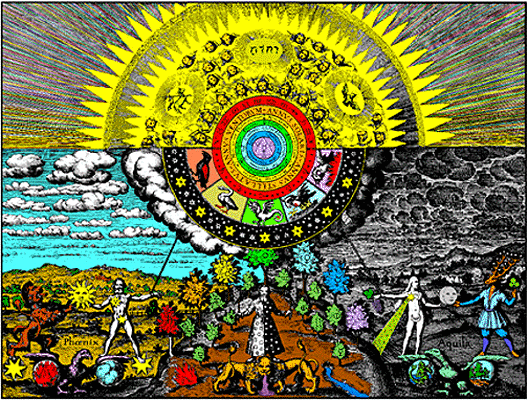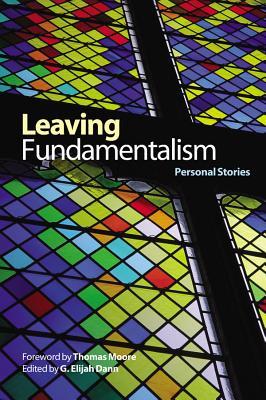
Like music, religion takes many forms – from the quiet and contemplative to frenzied and altered states of consciousness. Some religions are large organizations with longstanding doctrines and regular, relatively sedate rituals; others consist of smaller groups with very intense but less frequent ritual observances and wide variation in interpreting their meanings. In the 1990s anthropologist Harvey Whitehouse, drawing on his fieldwork in New Guinea in the 1980s, expounded an influential cognitive theory that sought to explain this widely divergent character of religious expression. Whitehouse proposed that “religiosity” always takes on one of two distinct modes: the doctrinal and the imagistic.
The doctrinal mode is identified by the following:
-
- — a set of established, orthodox doctrines
- — frequent ritual observances in a relatively calm atmosphere
The imagistic mode . . .
-
- — infrequent but highly intense emotional and physical ritual experiences
- — beliefs derive from personal reflection rather than standard public teachings
Key point: these two modes of religiosity do not define religions. Rather, both forms of religiosity can be found within the same religion. Islam, Christianity, Judaism — both modes of religiosity are found in each of these, for example.
Doctrinal and imagistic modes of religiosity are not types of religion but organizing principles for religious experience and action. It is very common for both modes of religiosity to be present within a single religious tradition. (Whitehouse 2002, 309)
Whitehouse’s theory is not simply descriptive: it seeks to explain why these modes emerge again and again throughout history, why some religions last many generations, why some mushroom but then soon afterwards whither away, how rituals seem to create different types of social organization.
Modes of Religiosity as Attractors
 Whitehouse borrows the notion of an attractor from the physical sciences. Certain physical systems function in a way to come to a standard pattern of behaviour. A pendulum will always swing towards its “straight-down” point until that’s where it rests. Weather patterns regularly form as various elements (humidity, temperature, etc) function in predictable ways to coalesce the same way each time, e.g. cyclones. Whitehouse’s theory is that certain psychological and environmental factors function in ways that lead to the same attractor positions each time, whether the imagistic or the doctrinal mode of religiosity.
Whitehouse borrows the notion of an attractor from the physical sciences. Certain physical systems function in a way to come to a standard pattern of behaviour. A pendulum will always swing towards its “straight-down” point until that’s where it rests. Weather patterns regularly form as various elements (humidity, temperature, etc) function in predictable ways to coalesce the same way each time, e.g. cyclones. Whitehouse’s theory is that certain psychological and environmental factors function in ways that lead to the same attractor positions each time, whether the imagistic or the doctrinal mode of religiosity.
Origin of the theory
Continue reading “Understanding Religion: Modes of Religiosity”



